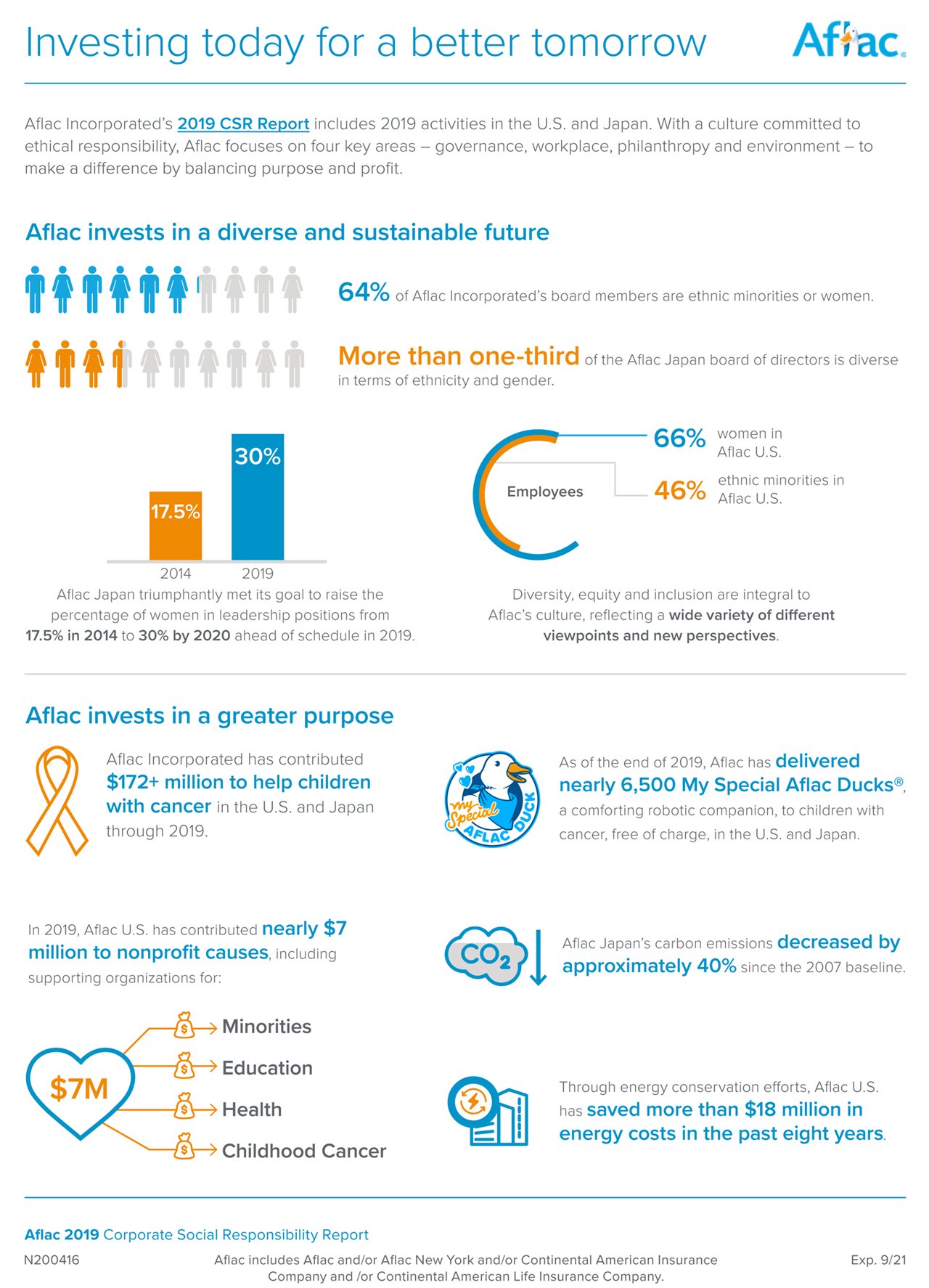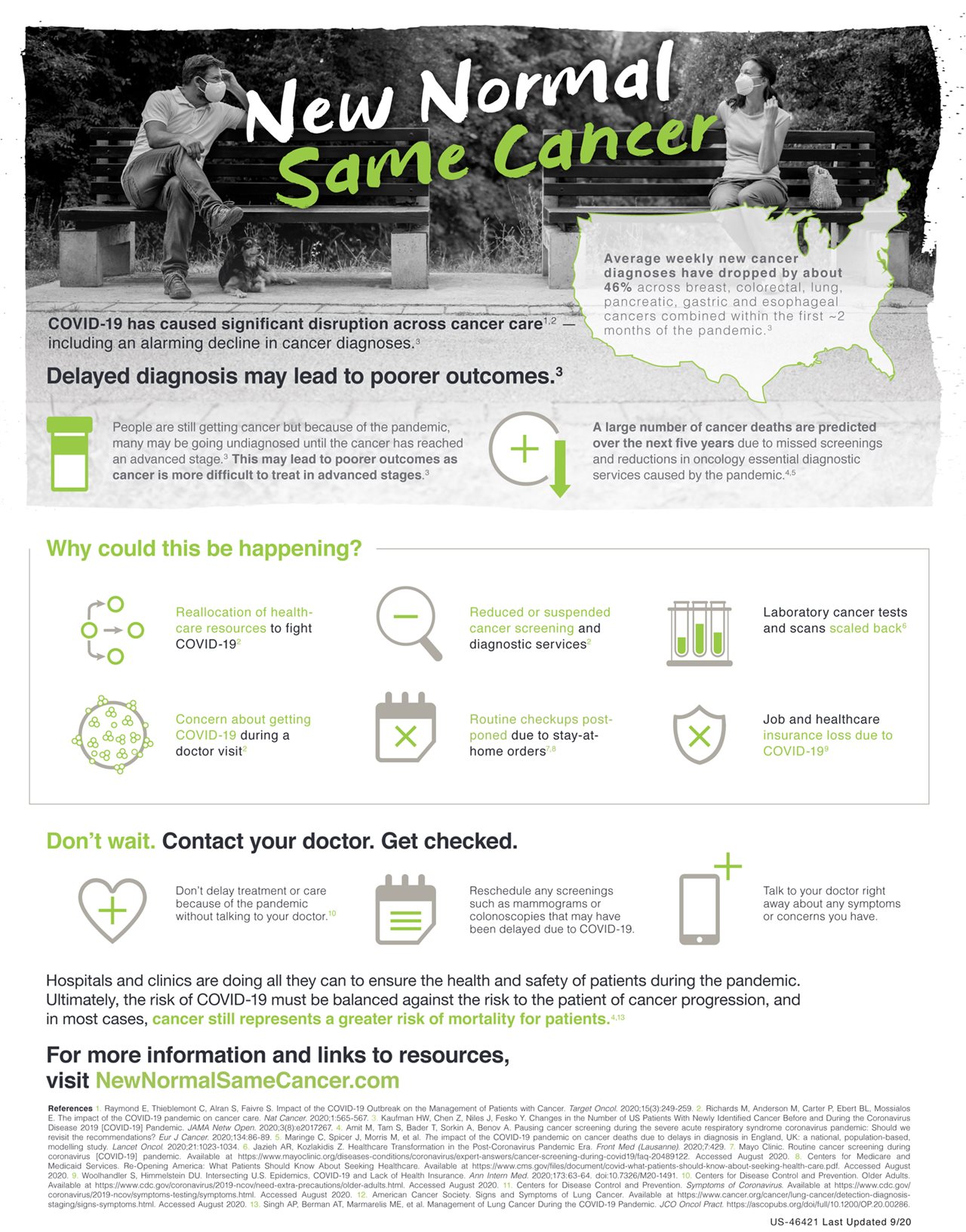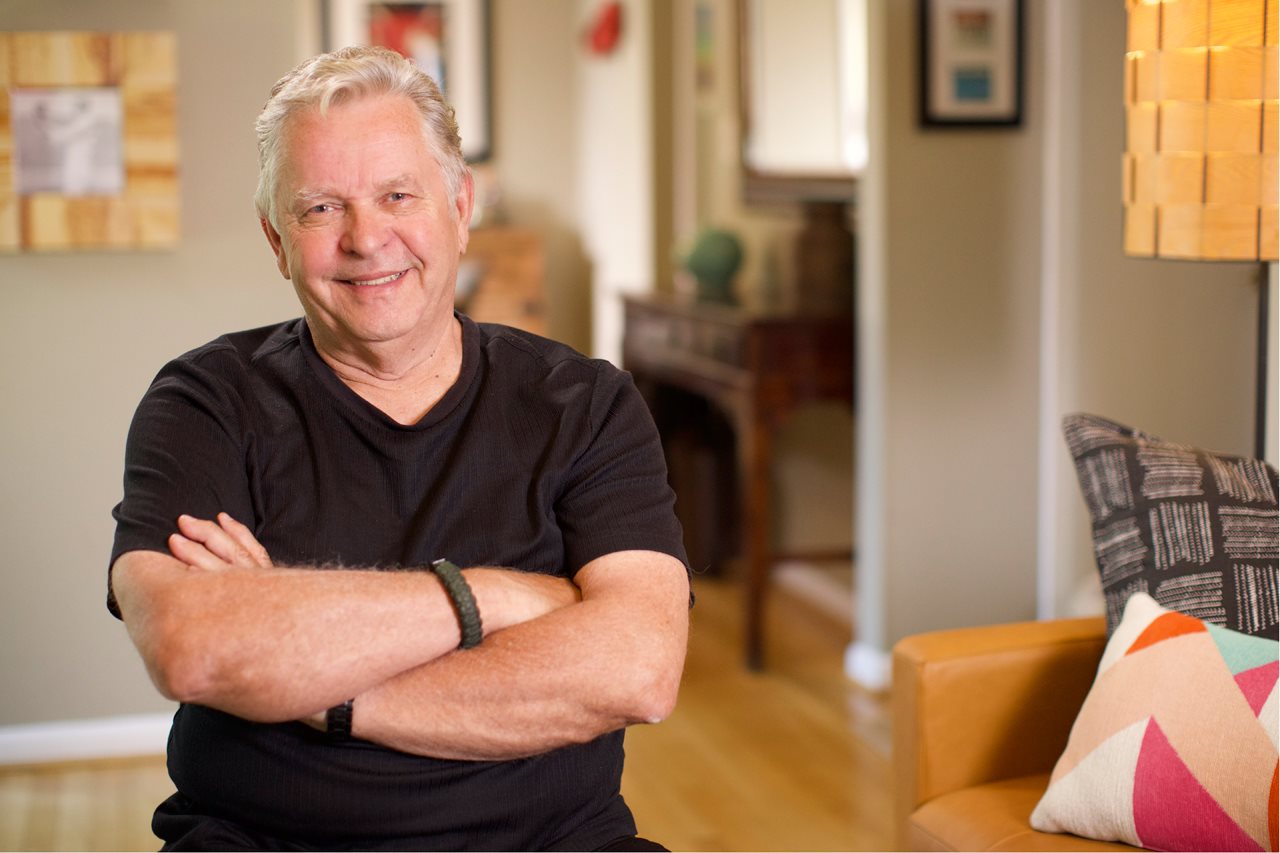2020-10-26T07:01:01
(BPT) – He was nearing the end of the race, but Brian Greenberg thought he couldn’t possibly finish. He had a stomach cramp and his lungs were begging him to stop. At that point, he had done a 2.4-mile swim, a 112-mile bicycle ride, and was in the last leg of his 26.2-mile run. It had been over 15 hours, and he still had an hour of running to go.
Pain. That’s what his entire body was screaming.
Just a few years earlier, Brian was experiencing a different type of pain. He could barely move without immense distress radiating from his abdomen. He was bedbound, living under the care of his parents, his days punctuated by visits from a wound care nurse as his body tried to fight the symptoms of a badly inflamed gastrointestinal tract.
For Brian, competing in the Ironman Mont Tremblant was an important personal milestone in what had been a 25+ year-long journey to outpace his Crohn’s disease, a type of inflammatory bowel disease (IBD). Since he was 11 years old, Brian’s own body has rebelled against him, causing him to sit on the sidelines for much of his teenage and adult life.
In less than a decade, Brian’s condition evolved from mild stomach cramping to rupturing rectal abscesses. At age 21, while most of his peers were enjoying the care-free college lifestyle, he had a large part of his colon removed. At 28, he agreed to a full colectomy, a surgical procedure to remove his entire colon.
Like most people who self-reported living with Crohn’s disease (82%, according to an online survey presented by AbbVie),*1 Brian experienced feelings of anxiety as a result of his disease. “Crohn’s impacts you emotionally in so many ways because there’s fear when you wake up and anxiety that you have every single day, not to mention the fatigue and pain that rear their heads every so often,” said Brian.
In fact, according to recent online survey results, 70% of people living with Crohn’s disease report feeling embarrassment and 80% reported experiencing feelings of depression as a result of their disease.1
“The biggest misconception that the Crohn’s disease community has to overcome is that it’s just a ‘bathroom disease,’” said Brian, who remembers fearing how his condition would affect his romantic life as well as his social life.
The physical and mental toll that Crohn’s disease takes on a person can impact day-to-day life. For example, 80% of patients from an online survey also reported that their Crohn’s disease symptoms had a moderate-to-severe impact on their daily life, with most agreeing that their condition limits their ability to socialize (77%) and spend time outside their home (66%). Nearly half say their condition limits their ability to work full time (45%).1
“Before my disease was controlled, if I go out and I’m far from home, I have to think, ‘Okay, well, what might happen?’” said Brian.
Doctors say open lines of communication with their patients are important to learn more about the emotional toll Crohn’s is having on their well-being as well as the specific ways in which the condition impacts everyday activities.
“It’s important that people living with Crohn’s talk to their gastroenterologist and their healthcare team about both the physical and emotional impact of their disease, even more so during these times,” said survey researcher Laurie Keefer, Ph.D., director of the IBD Medical Home, GRITT-IBD, at Mount Sinai. “This is so that doctors can understand and fully assess the extent of the disease so that they can treat patients appropriately.”
For Brian, he credits setting what he calls “turtle steps,” having an open conversation with his healthcare team, and advocating for an effective treatment plan as key to his journey from being bedridden to reaching his athletic goals.
His first “turtle step” goal was to make his own grilled cheese sandwich after one of his major surgeries. Soon, with hard work and planning, he was hiking, biking and climbing, training as a triathlete and completing a half Ironman.
Finally, in 2018, with his then girlfriend — now, wife — cheering him on, Brian crossed the finish line of the 140.6-mile full Ironman at 16 hours and 13 minutes.
Pain has momentarily given in to sheer, overwhelming euphoria.
“Having Crohn’s disease has taught me that life is not going to be easy, but it’s what you make of it,” said Brian. “Not everyone dreams of becoming an Ironman. Find and set goals for yourself and set turtle steps along the way. Don’t be shy about sharing these with your healthcare team either. It’s when you’re working together and aligned on goals that the best decisions about your care can be made.”
Understanding the wide-ranging implications of IBD can be the first step toward a proactive treatment plan that works for you. Be proactive about your health and don’t delay seeking medical care. Visit CrohnsandColitis.com to download a Doctor Discussion Guide for your next virtual or in-person conversation.
*A U.S. online survey, Unmet Needs of Patients with IBD: Patient Perspectives on the Impact of Disease on Quality of Life conducted between November 11 to November 18, 2019, captured insights from 302 people with Inflammatory Bowel Disease (IBD), including those who self-identified as having Crohn’s disease (177 people) or ulcerative colitis (125 people), to better understand the daily symptom burden of IBD. The second U.S. online survey, Unmet Needs of Patients with IBD: Patient Perspectives on Treatment Experience, conducted between November 11 to November 18, 2019, was completed by 502 people who self-identified as having Crohn’s disease (296 people) or ulcerative colitis (206 people) to better understand how treatment choices are made, most desired treatment outcomes, and satisfaction with primary HCPs. Both surveys were distributed to patients 19 years of age or older who self-identified as having Crohn’s disease or ulcerative colitis. The survey was accessed via the social media network MyCrohnsAndColitisTeam.com on behalf of AbbVie.
Sponsored by AbbVie.
References
- Keefer L, Schneider B, Zambrano JA, and Charabaty A. Unmet needs of patients with IBD: Patient perspectives on the impact of disease on quality of life. Presented at the American College of Gastroenterology 2020 Annual Scientific Meeting; 2020 Oct 23-28.














